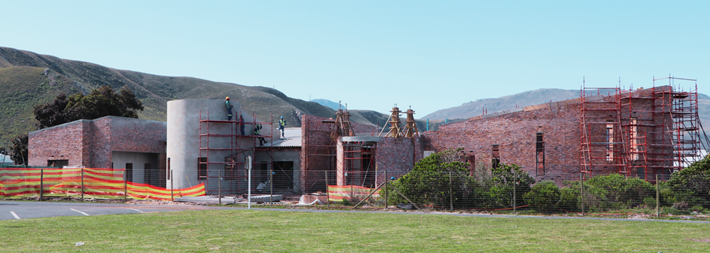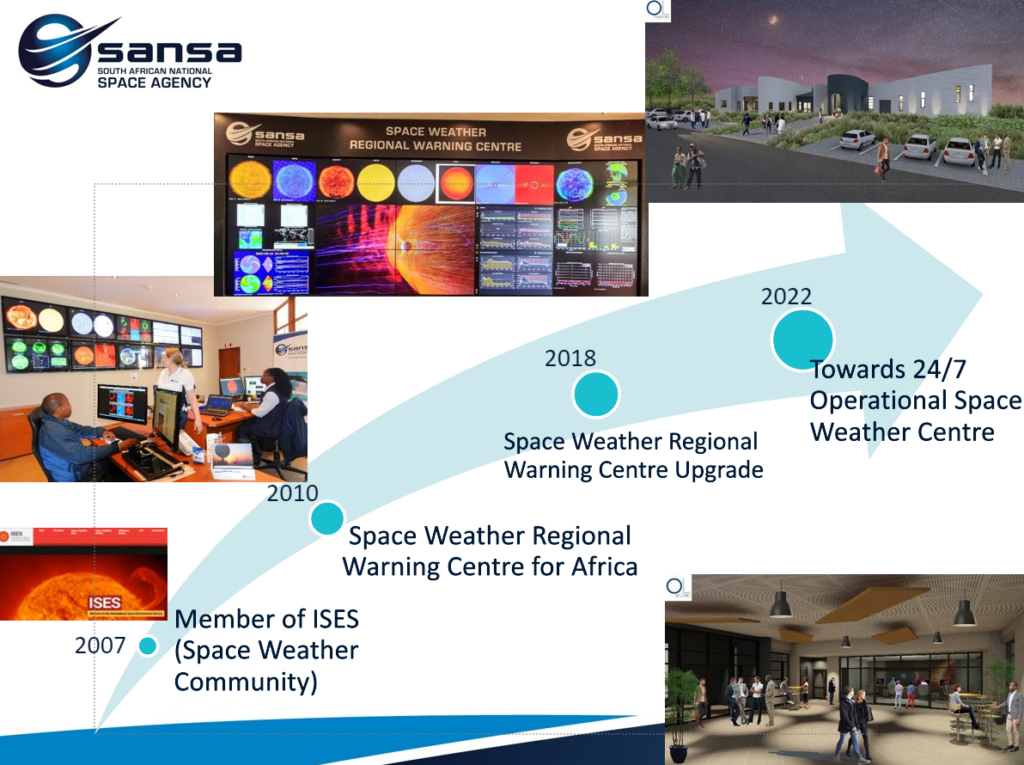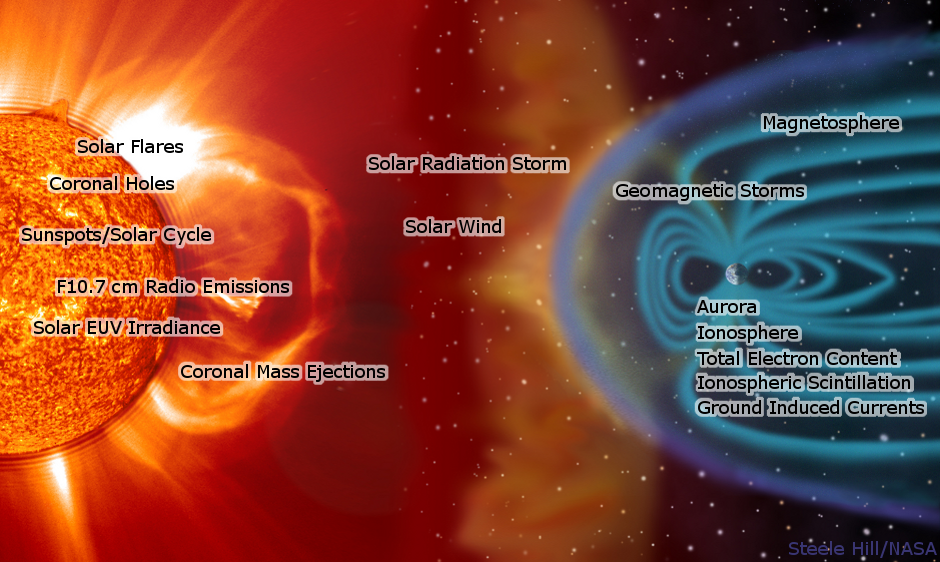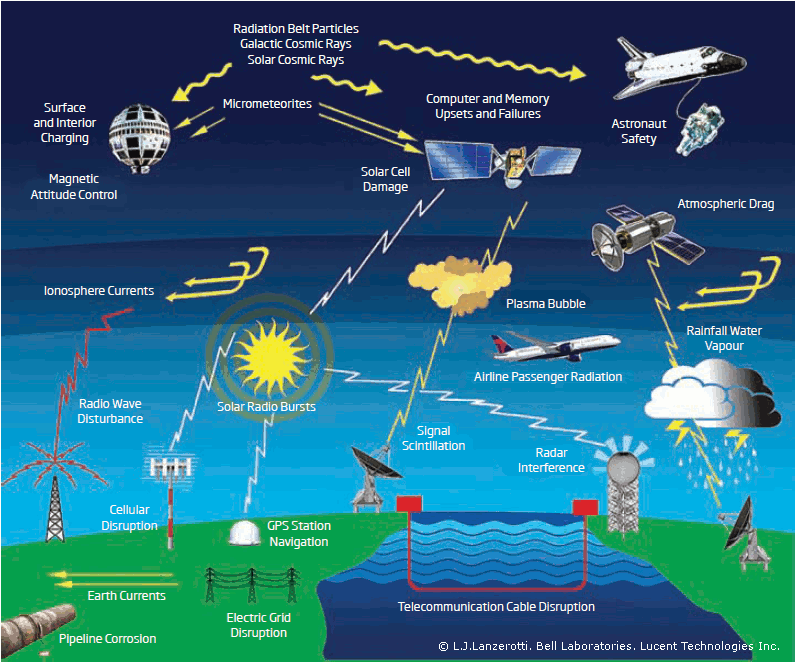
November 5, 2021

SANSA’s 24/7 Operational Space Weather Centre is undergoing the final stages of Phase 1 of construction, with the end date set for 10 December 2021. The last three stages will include the completion of the Space Weather Centre and the Generator House as well as the water and electrical upgrade for the facility.
Phase 2 of the project, due for completion on 31 March 2022, is already well underway. This phase entails the construction of guest accommodation at the facility. It is anticipated that, thanks to the progress already made, the site will be officially commissioned by the end of March 2022.
Before the handover, all safety and regulatory requirements will have been accepted, approved and signed off by the principal agent and contractor as well as by SANSA, as the client.
According to the agreement with the International Civil Aviation Organisation (ICAO) South Africa, SANSA is required to provide an ICAO compliance service to the aviation sector by November 2022. Then, over the following 12 months, ICAO will re-evaluate SANSA’s capability as a 24/7 Operations Space Weather Centre in terms of meeting ICAO requirements.
Researchers, developers and space weather forecasters will be working at the 24/7 Operational Space Weather Centre. Our researchers hold PhD degrees in Physics (usually a derivative of space physics) or Mathematics, while our developers hold Computer Science and Information Technology qualifications. The space weather forecasters hold degrees in Statistics, Physics or Meteorology.
Besides the academic qualifications required, all individuals based at the centre need to be highly analytical, systematic and passionate about what they do.

So, what exactly is space weather, and what causes it?
Space weather refers to the dynamic, highly variable conditions in the geospace environment. These include the conditions on the Sun and in the solar wind, magnetosphere, ionosphere, and thermosphere that can influence the performance and reliability of space-borne and ground-based technological systems. Space weather is a consequence of the behaviour of the Sun, the nature of Earth’s magnetic field and atmosphere as well as our location in the solar system.

Why is space weather tracked?
We track and monitor space weather events because any adverse changes in the near-Earth space environment, as a result of activity on the Sun, can put the performance and reliability of spacecraft and ground-based systems at risk. This, in turn, could create vulnerabilities within technological systems such as communication, navigation applications, power systems and satellite operations.

Did you know?
The new 24/7 Operational Space Weather Centre will be the only regional centre globally, with data and information being provided non-stop to the global centres stationed across the world across various time zones.
Space Weather prediction and forecasting requires manual intervention as there is an element of knowledge and expertise that is needed in every output. The centre will therefore need to be manned 24/7, with machines or instruments providing real-time data to on-duty forecasters and researchers.
The centre will also feature sleeping pods for night shift workers. A 100-seater auditorium will allow for regular lectures and knowledge sharing.


